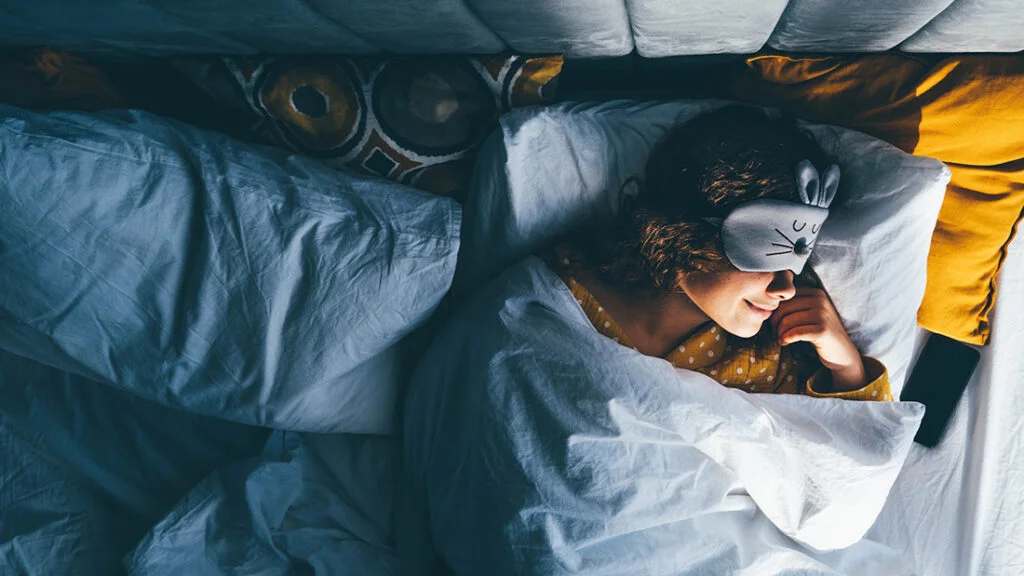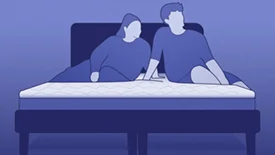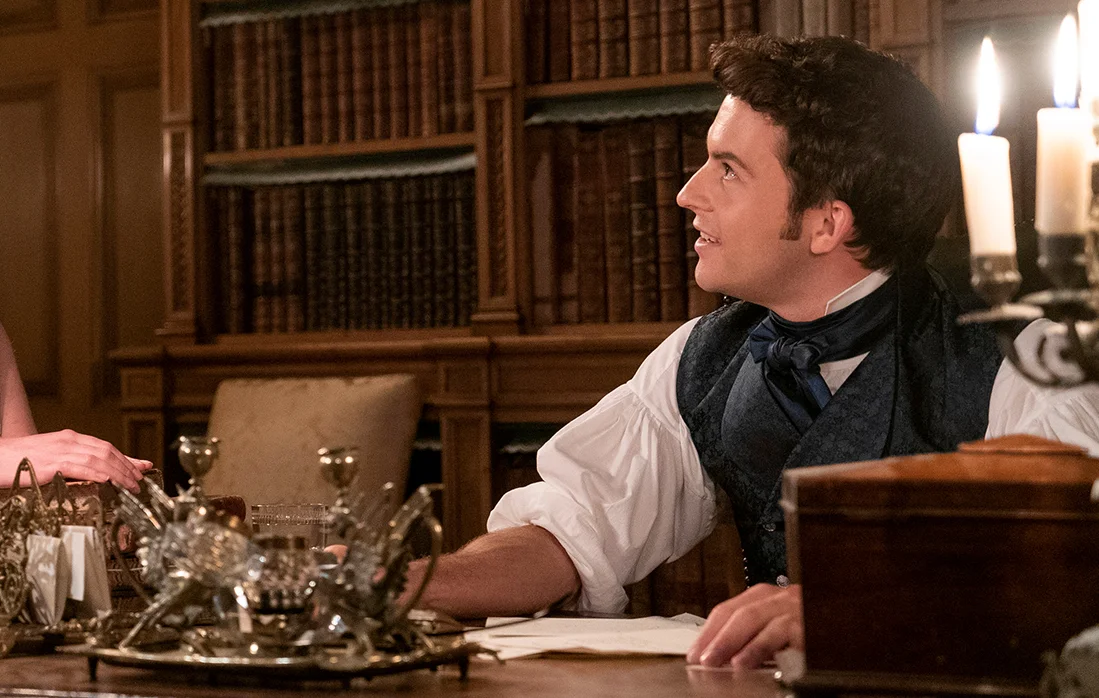
Maybe you’re an always-overwhelmed restaurant server, getting too many tables seated at once. Maybe you are falling from that dang cliff again. Or maybe, the monsters from your childhood dreams have persisted into adulthood. Scientists are interested in dreams, classifying them into distinguishable types, and even studying how they change over time (1).
“Dreams can sometimes change over time, but they can also be quite seemingly random at times. People may have periods of dreaming more or less, or about specific themes, but this can be related to travel, diet, daylight savings time changes, and daily stressors or life events,” says Alex Dimitriu, MD, Founder of SiliconPsych.com, board-certified in psychiatry and sleep medicine (2).
According to 2020 findings from Italian researchers, the content of our dreams changes with age: Children most frequently reported dreams about threats, magic, and food; adolescents most frequently reported dreams involving “School, teachers, and studying”; and among older people, dreams featuring “A person now dead as alive” were most frequent. Here’s what researchers know about dreams changing over time (3).
The Magic of Childhood Dreaming — for Better or Worse
As we age, our dreams change, Dimitriu says. “Adults tend to have more stress type dreams due to the business of their lives. Children, generally tend to have more fantastical dreams, but can certainly experience nightmares as well. It’s worth realizing that kids spend more time in dream sleep than adults, so dreams may be more common.”
For both kids and adults, he adds that dreams deserve our attention, especially when they repeat. “Many sages over the years have advised people to listen to their dreams and we should do the same. Keeping a dream journal, and taking notes before getting distracted with your smartphone and well, life, is a good idea.” Parents can help kids process their dreams, to help them distinguish between the fantastical and bizarre, and those that might be trying to tell them about some ongoing worries.
“Kids often have scary dreams and call in their parents to help as part of the dream. A 4-year-old girl told me she dreamed a huge mouse with red eyes came out of her bedroom wall and was going to attack her. She called for her father, a surgeon, and he had a big knife.
Lions and tigers and bears are much more likely to be bouncing around in your children’s dreams than your own — 2021 research that looked at 2,716 dreams by 4,849 participants ages 6-90 found that 18.30% of those dreams included animals, with children reporting more animal dreams than adolescents and adults (4).
On the other hand, night terrors might need much more intervention from parents, as they can be disruptive to a child’s overall health. On the other hand, some children don’t remember their dreams as vividly as adults. According to key research undertaken by sleep scientist David Foulkes starting in 1968 and continued in the 80s and 90s, children’s dreams display the following characteristics: lack of dream recall in early childhood, the “static nature” of imagery before age 7, the absence of an “actively participating self character” and the “relative simplicity of narrative structure” before age 8 (5).
The fantastical elements of childhood fade in daytime and nighttime, as kids age. A 2005 study of 9- to 15-year-olds that examined dream changes from late childhood to adolescence found that “unrealistic dream elements” became less frequent with age (6). Those three headed dragons stay behind in our childhood rooms, it seems. This tends to happen, other studies conclude, between 9 and early teen years: A 2010 study of children aged 4 to 12 found that “fears and scary dreams were common among 4- to 6-year-olds, became even more prominent in 7- to 9-year-olds, and then decreased in frequency in 10- to 12-year-olds. (7)”
Some Dreams That Really Don’t Change Much Over Time
Older research shows dreams with sexual elements, interestingly, don’t decline over time. In addition, people of any age can have “stress dreams” which Dimitriu says are common, “often in the form of being unprepared.” He gives examples including running late through a train station and not being able to find your train, or wandering the halls of your school not being able to find a classroom for an exam.
Dreams of the Elderly
End of life data from Hospice shows that dreams as the elderly near death might include elements of travel, signifying moving to the next place, or even seeing relatives who were deceased. They also note an increase in “comforting” dreams, and recollect beloved things from the past, from pets to friends.
Dreams That Might Signal a Concerning Physical or Mental Health Problem
At any age, some dreams are actual red flags, and mean you should reach out to a physician, Dimitriu says. “The most concerning are people who dream of anything related to not breathing — this is always a warning sign of possible sleep apnea. People will often report dreams of holding breath underwater, or being submerged until they wake with a gasp for air.”
“These dreams tend to be benign and common, and often related to current stressors, with a sense of needing to be more prepared (and a fear of not being prepared). The final category of dreams that are commonly seen are those that people with trauma experience. Sometimes they will re-experience past traumatic events; sometimes so vividly, that it will wake them from sleep, or leave them exhausted. These deserve clinical attention – such as working with a psychologist.”

A Guide For How To Interpret Dreams

The Best Mattresses for Seniors: Tested and Reviewed by Experts

All You Ever Wanted to Know About Dreams and the Growing Number of Dream Apps

‘Bridgerton’ Heartthrob Jonathan Bailey Adds Voice to Sleep Stories on Calm
Sources
1. Hunt, H. T. (1989). The multiplicity of dreams: Memory, imagination, and consciousness. Yale University Press. https://psycnet.apa.org/record/1989-97398-000
2. Dimitriu, Dr. Alex. Author interview. October 2024.
3. Alfio Maggiolini, Mauro Di Lorenzo, Elisa Falotico, Denise Gargioni, and Mara Morelli; “Typical dreams across the life cycle,” Heidelberg University Journal; https://journals.ub.uni-heidelberg.de/index.php/IJoDR/article/view/61558/65535.
4. Schredl, M., & Blagrove, M. (2021). Animals in Dreams of Children, Adolescents, and Adults: The UK Library Study. Imagination, Cognition and Personality, 41(1), 87-104. https://doi.org/10.1177/0276236620960634
5. Foulkes, D. (1993), Dreaming and REM sleep. Journal of Sleep Research, 2: 199-202. https://doi.org/10.1111/j.1365-2869.1993.tb00090.x
6. Strauch, I. (2005). REM dreaming in the transition from late childhood to adolescence: A longitudinal study. Dreaming, 15(3), 155–169. https://doi.org/10.1037/1053-0797.15.3.155
7. (2000) Fears, Worries, and Scary Dreams in 4- to 12-Year-Old Children:Their Content, Developmental Pattern, and Origins, Journal of Clinical Child Psychology, 29:1, 43-52, DOI: 10.1207/S15374424jccp2901_5

























